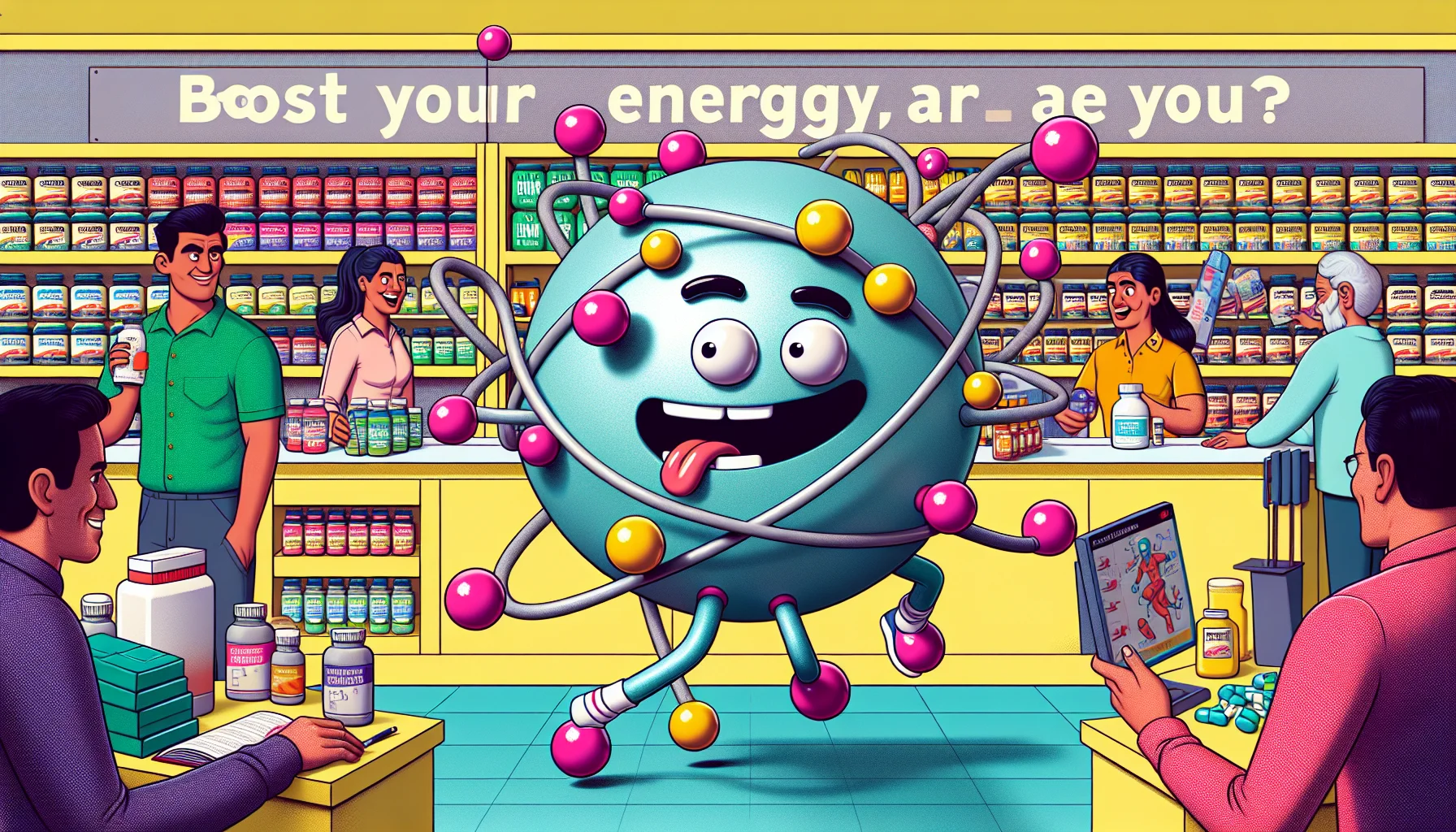How many valence electrons does magnesium have? Quiz
Test Your Knowledge
Question of
Understanding Valence Electrons: The Case of Magnesium
Valence electrons are the outermost electrons of an atom and play a crucial role in determining its chemical properties and reactivity. These electrons are involved in forming bonds with other atoms, which is the cornerstone of chemical reactions. The number of valence electrons an element has can be found by looking at its group number in the periodic table. For example, magnesium, which is in the second group of the periodic table, has two valence electrons. These two electrons are what magnesium atoms use to bond with other atoms, often leading to the formation of compounds by either donating or sharing these electrons. Understanding the behavior of valence electrons, like those in magnesium, is essential for predicting how different elements will interact in chemical reactions.
How Many Valence Electrons Does Magnesium Have?
Magnesium has two valence electrons. This is determined by its position in the periodic table, where it is located in the second group. Elements in this group have two electrons in their outermost shell, which are considered their valence electrons. These electrons play a crucial role in chemical reactions and bonding with other elements.
Key Properties of Magnesium
- Atomic number: 12
- Symbol: Mg
- Atomic weight: 24.305
- Valence electron count: 2
- Melting point: 650°C (1202°F)
- Boiling point: 1091°C (1994°F)
- Density: 1.738 g/cm3 at 20°C
- State at room temperature: Solid
- Appearance: Shiny, grey solid
- Reacts with water at room temperature to form magnesium hydroxide and hydrogen gas
- Highly flammable in powder or thin strip form
- Good conductor of electricity
The Role of Magnesium in the Human Body
Magnesium plays a pivotal role in the human body, largely due to its unique atomic structure. With two valence electrons in its outer shell, magnesium is keen to lose these electrons to achieve a stable electronic configuration. This property makes it an essential mineral for over 300 biochemical reactions in the human body. It participates in the synthesis of DNA and RNA, acts as a cofactor for many enzymes, helps in muscle contraction and relaxation, and is crucial for the proper functioning of the nervous system. The ability of magnesium to interact with other molecules and ions by donating its valence electrons is fundamental to its biological importance, impacting everything from energy production to maintaining heart health and supporting a robust immune system.
Comparing Valence Electrons: Magnesium vs. Other Elements
| Element | Symbol | Valence Electrons | Magnesium Comparison |
|---|---|---|---|
| Magnesium | Mg | 2 | --- |
| Hydrogen | H | 1 | 1 less than Mg |
| Oxygen | O | 6 | 4 more than Mg |
| Carbon | C | 4 | 2 more than Mg |
| Sodium | Na | 1 | 1 less than Mg |
| Aluminum | Al | 3 | 1 more than Mg |
Practical Applications of Magnesium
Magnesium, a lightweight metal, finds extensive use across various industries due to its unique properties, largely attributed to its two valence electrons. These electrons make magnesium highly reactive, forming compounds with numerous elements and applications. In the automotive industry, magnesium alloys are prized for their low density, which contributes to fuel efficiency without compromising strength. This metal also plays a crucial role in electronics, as magnesium compounds are used in the manufacturing of mobile phones, laptops, and other devices, offering a good balance between weight and durability. Additionally, magnesium's excellent conductivity makes it ideal for use in batteries, enhancing energy storage capabilities. Beyond industrial applications, magnesium is vital in healthcare, used in medications and treatments due to its importance in human metabolism. The versatility of magnesium, driven by its valence electrons, underscores its significance in both technological advancements and everyday life.
Conclusion: The Significance of Magnesium's Valence Electrons
Magnesium's valence electrons, precisely two in its outer shell, play a pivotal role in its chemical properties and reactivity. This configuration makes magnesium highly reactive, especially with oxygen, leading to its widespread use in producing strong, lightweight materials such as those used in automotive and aerospace industries. Furthermore, the valence electrons of magnesium are crucial in biological contexts, particularly in chlorophyll, where magnesium's presence is essential for photosynthesis in plants. The study and understanding of magnesium's valence electrons not only enhance our knowledge of chemical bonding and reactions but also pave the way for innovations in materials science and biotechnology, underscoring the profound impact of these electrons on both science and practical applications.












